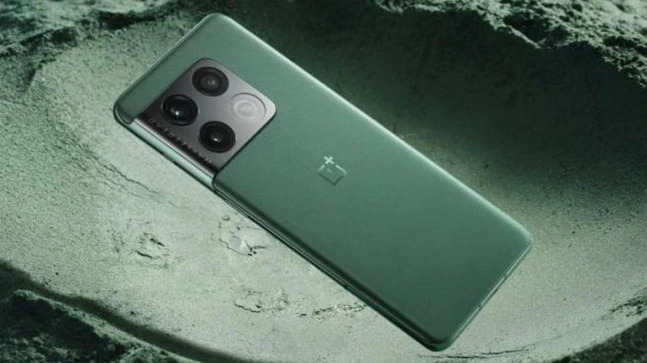Not because no videomic rode becomes a popular favorite among bloggers, podcasters, and others looking for decent audio quality without wild price labels. Compact, affordable, and flexible, rotated well with smartphones because of cameras or laptops. Now, this gets an upgrade controlled by several features borrowed from a more expensive model like Videoomic NTG.
The result is Rode Videomic Go II. The cylinder body brought over-tip scales at 89 grams (3.1 ounces) and now with the construction of all metals – with rodes using the same annular line tube design as in NTG and Videomic NTG5, along with 3.5mm TRS output. However, now there is a USB-C output on the microphone too.
Plugged to a computer or smartphone, and Videomic Go II can get its strength from the device. As a useful bonus for monitoring or playback, in 3.5mm USB port mode can be used as a zero latency headphone jack.
You can use the application of your telephone or computer recording, but the new microphone also functions with its own Rode application. It includes support for the Central Rode, Rode Connect, and Reporter Rode on iOS and Android; For desktops, there is full compatibility with the desktop version of Rode Connect. Available for Windows and Mac, Rode Connect is podcasting and streaming software that supports up to four microphone rodes to be used simultaneously. It includes individual control over input levels, high pass filter, high frequency boost and pad, and various effects.
You get the same adjustment above the settings in USB mode on the cellphone, also carrying the init level tweak into a product that is far more achieved. Along with the Videomic Go II cable and 3.5mm SC14 to 3.5mm Trs delivered, Rode has a different set of adapter cable to fit the cellphone and different applications.
SC15 connects USB-C to the lightning port on the iPhone or iPad; SC16 is a USB-C cable to USB-C, for use with many Android smartphones or Windows / MacOS computers. Finally, SC18 is USB-C to USB-a.
While connecting the phone may be one of the most likely applications here, Rode also ensures photographers with DSLR, four-thirds micro, or other cameras can play together. Apart from a 3.5mm cable in the box, there is also a SM8-R camera installation for the microphone. It helps it isolated from vibration, plus there are standard hot shoe plates at the bottom.

